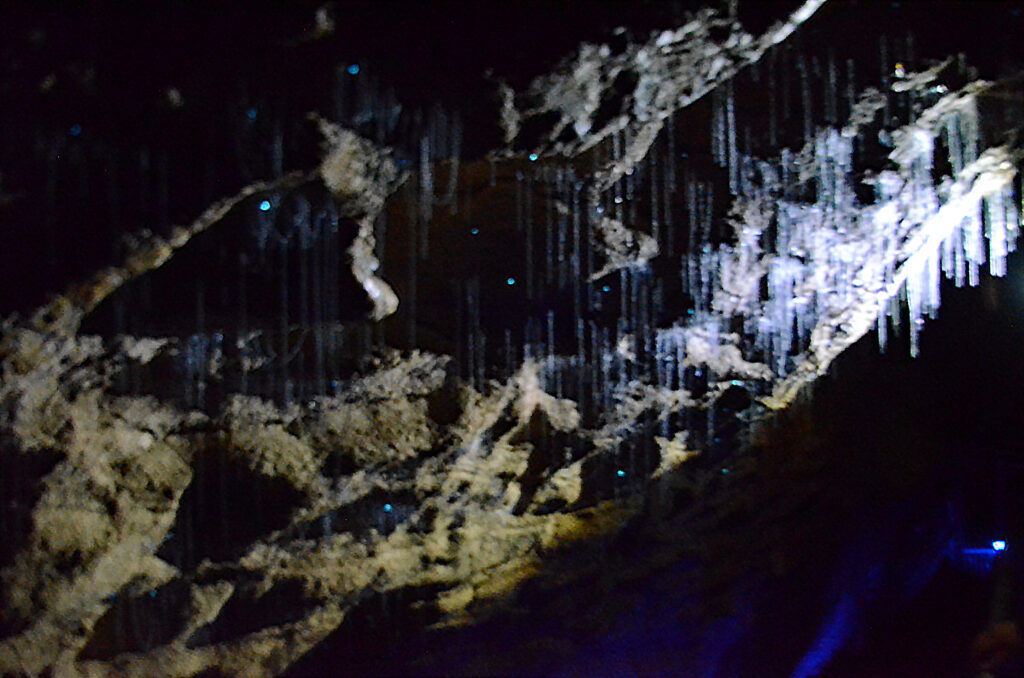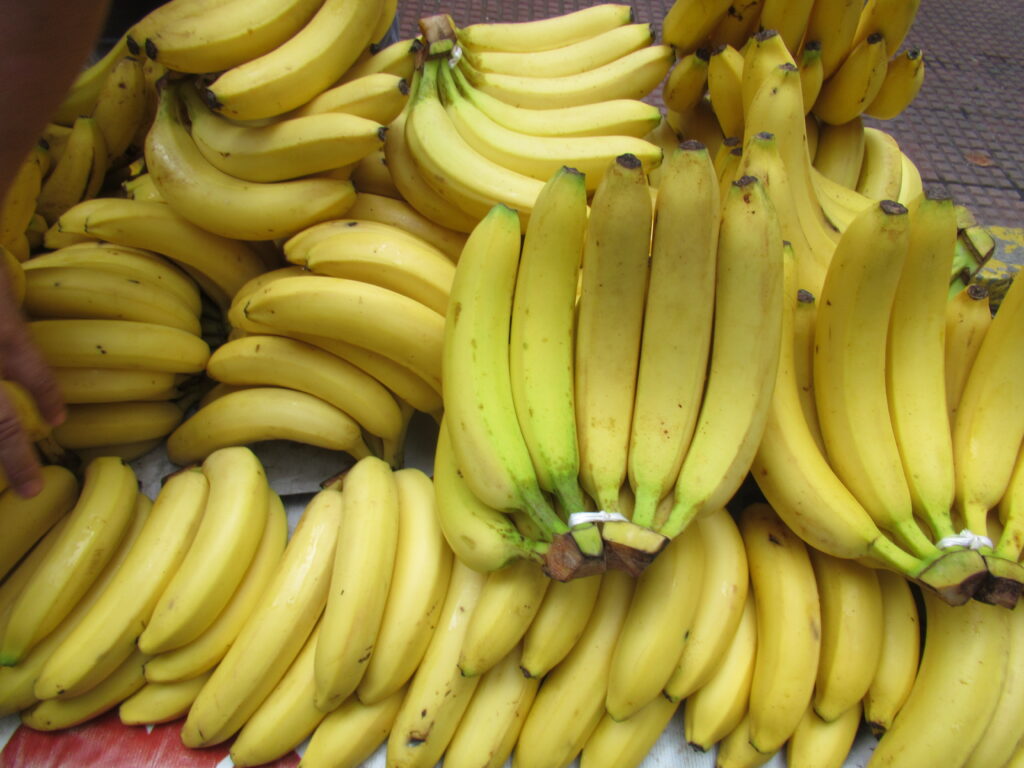Illegal gold mining in the Amazon rainforest has long been a source of environmental degradation and human health risks. Now, researchers have discovered an unexpected ally in the fight against this illicit activity: trees. By analyzing mercury concentrations in the tree rings, scientists can trace the environmental impact of gold mining, offering a novel approach to monitoring and combating illegal operations.
The Role of Mercury in Gold Mining
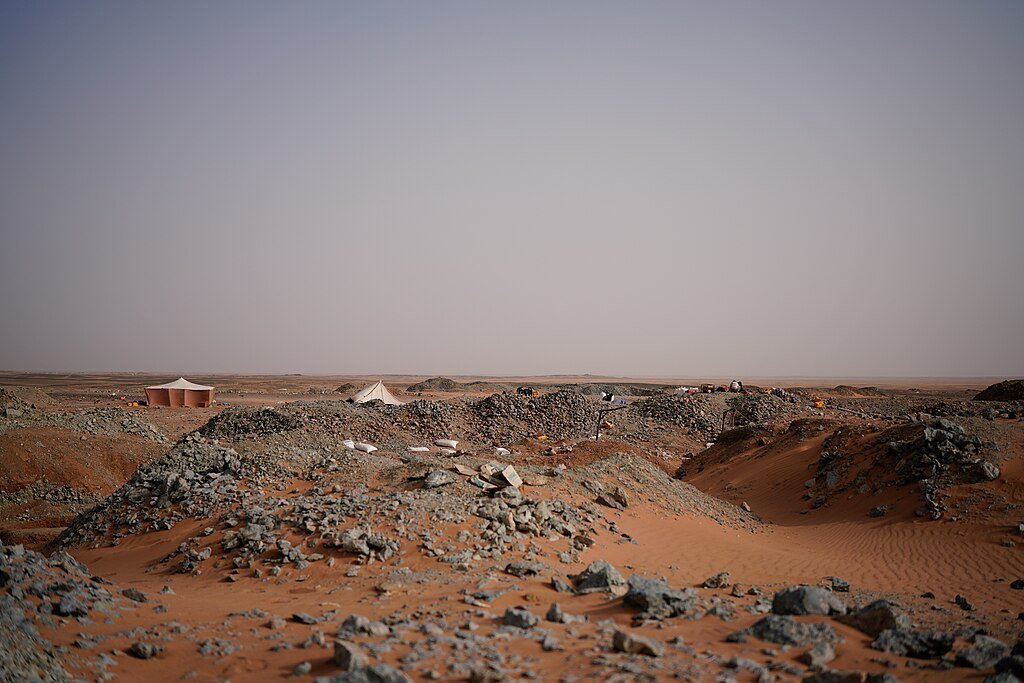
Artisanal and small-scale gold mining operations in the Amazon often use mercury to extract gold particles from soil. This process releases mercury into the atmosphere, where it contaminates the surrounding environment. Mercury exposure poses severe health risks to humans and wildlife, making it a critical issue in mining regions.
Trees as Biomonitoring Tools
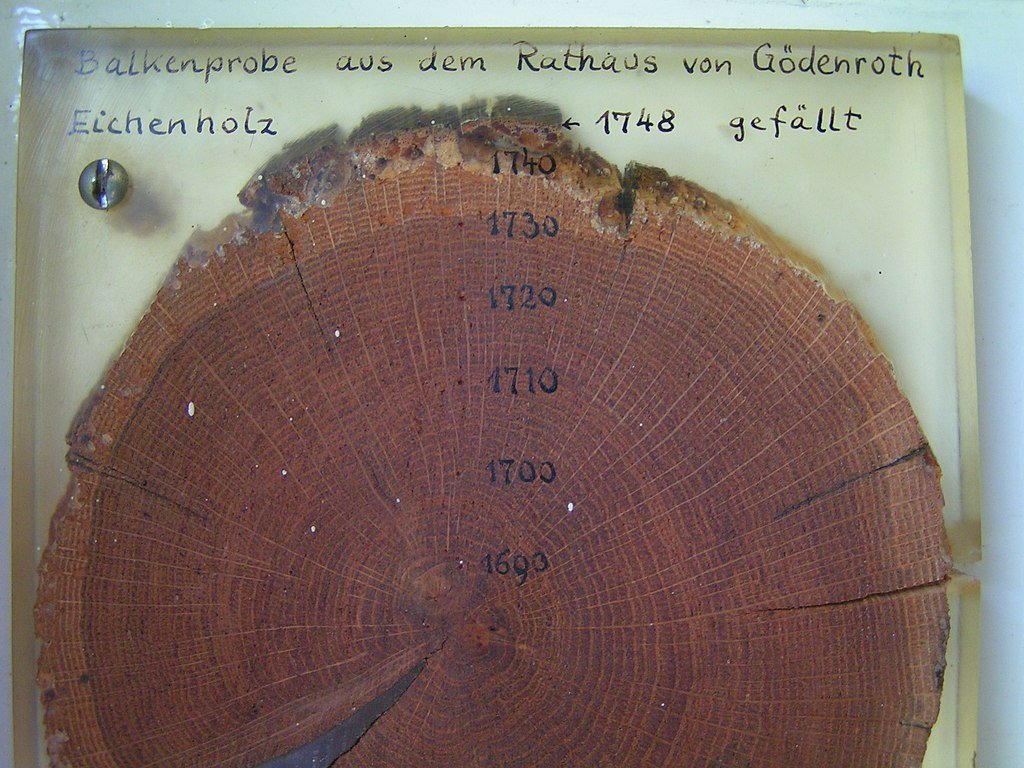
Researchers have identified certain tree species, such as the wild fig (Ficus insipida), as effective biomonitors for mercury emissions. By examining tree rings, scientists can determine when and where mercury was released into the environment. This method provides a cost-effective and widespread network for tracking mining activity, even in remote areas.
Implications for Conservation and Policy
The ability to track mercury emissions through tree rings has significant implications for conservation and policy-making. This technique can help authorities identify illegal mining hotspots and assess the long-term environmental impact of mining activities. It also underscores the importance of protecting the Amazon’s biodiversity, which plays a crucial role in global ecological balance.
Future Research Directions
Further studies aim to refine the use of tree rings as biomonitors and explore their applications in other regions affected by mercury pollution. Researchers are also investigating additional tree species that could enhance the accuracy and scope of this monitoring technique.
Conclusion
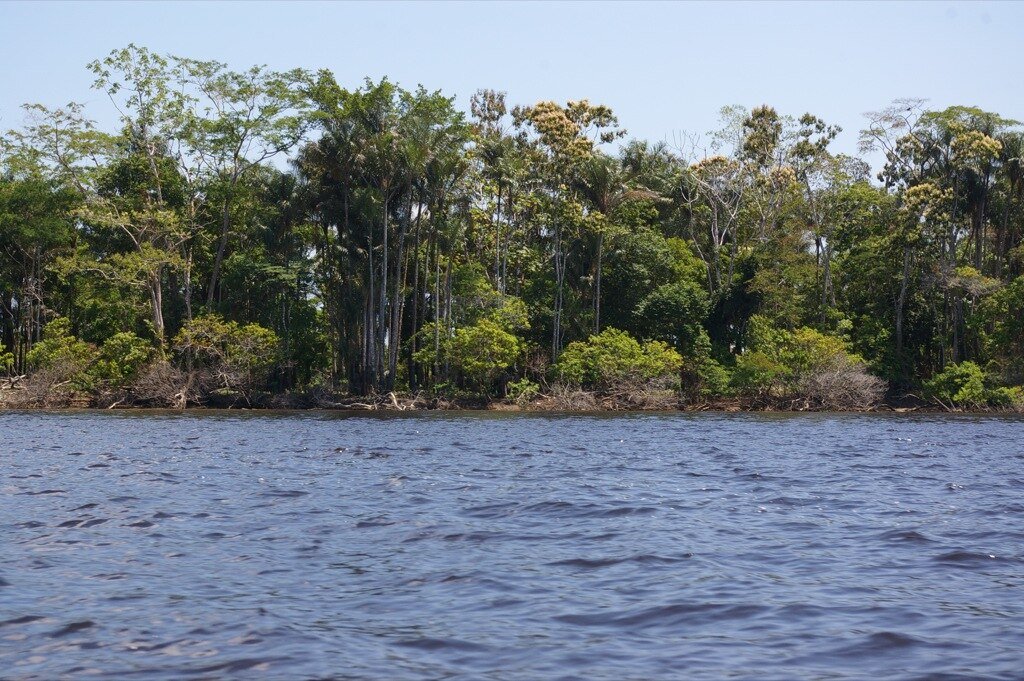
The discovery of trees as silent witnesses to illegal gold mining highlights the innovative ways science can address environmental challenges. By leveraging natural resources like tree rings, researchers and policymakers can work together to protect the Amazon and its invaluable ecosystems.
Source:



